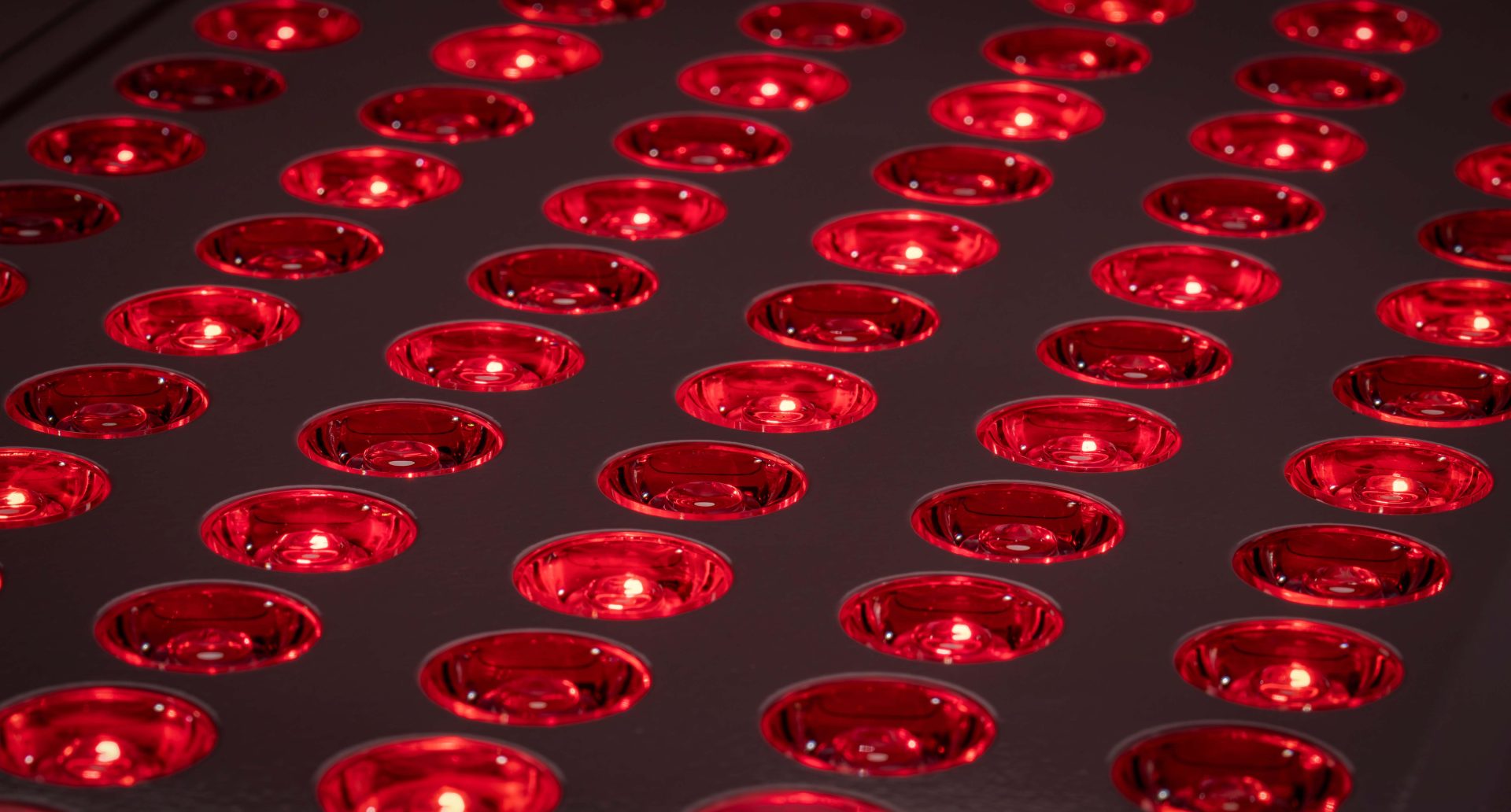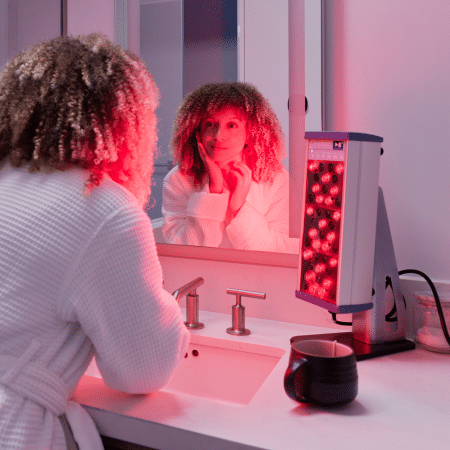Red light therapy (RLT), also known as photobiomodulation, is a growing trend in the wellness and beauty industry, especially for its potential to improve skin health and appearance. Initially developed in the 1960s to promote hair regrowth and wound healing, RLT has since gained popularity as a non-invasive treatment for reducing wrinkles, healing acne, and improving skin tone. The therapy uses specific wavelengths of light, typically red (around 630 nm) and near-infrared (around 830 nm), to stimulate cells in the skin, particularly fibroblasts, which are responsible for producing collagen. This collagen production can help to plump the skin, smooth fine lines, and accelerate recovery from conditions like acne or rosacea. Dr. Praveen Arany, a wound healing expert at the University of Buffalo, and Dr. Annie Liu, a dermatologist in Toronto, have emphasized the potential benefits of RLT for boosting collagen and promoting tissue regeneration. However, they caution that at-home devices may not deliver the same results as more powerful in-office treatments due to differences in light output and treatment precision.
While the popularity of at-home RLT devices has surged, especially with devices like the Solawave wand and Dr. Dennis Gross’s LED face masks, experts stress that consistent use is essential for noticeable results, and the devices are best seen as supplements to regular skincare routines. Dr. Prem Tripathi, a facial plastic surgeon, notes that these devices may be most effective when used between in-office treatments or for managing conditions like eczema or rosacea. Additionally, RLT is not a quick fix and should not replace core skincare practices like using sunscreen or retinoids. Beyond skin benefits, RLT has shown promise in alleviating muscle soreness and may even have cognitive benefits by stimulating melatonin production and promoting brain health. Overall, while red light therapy holds exciting potential, more research is needed to confirm its long-term effectiveness, particularly with home devices, and to understand its broader health benefits.





